
Gardenia Absolute (Gardenia jasminoides) Natural Alchemy
Gather a sterile cutting tool, pot, light potting mix, rooting hormone, and plastic covering, and follow these steps: Choose a healthy jasmine plant and take new growth stem cuttings 6 to 8 inches long. Remove all but the top 2 or 3 sets of leaves. Fill a pot with moistened planting medium.

Gardenia jasminoides 'Kleim's Hardy' Cape Jasmine GardenersDream
The Clemson Cooperative Extension Home and Garden Information Center has a factsheet on common gardenia diseases and other problems. VIDEO Created by Elizabeth Meyer for "Trees, Shrubs and Conifers" a plant identification course offered in partnership with Longwood Gardens. More information on Gardenia. Profile Video:
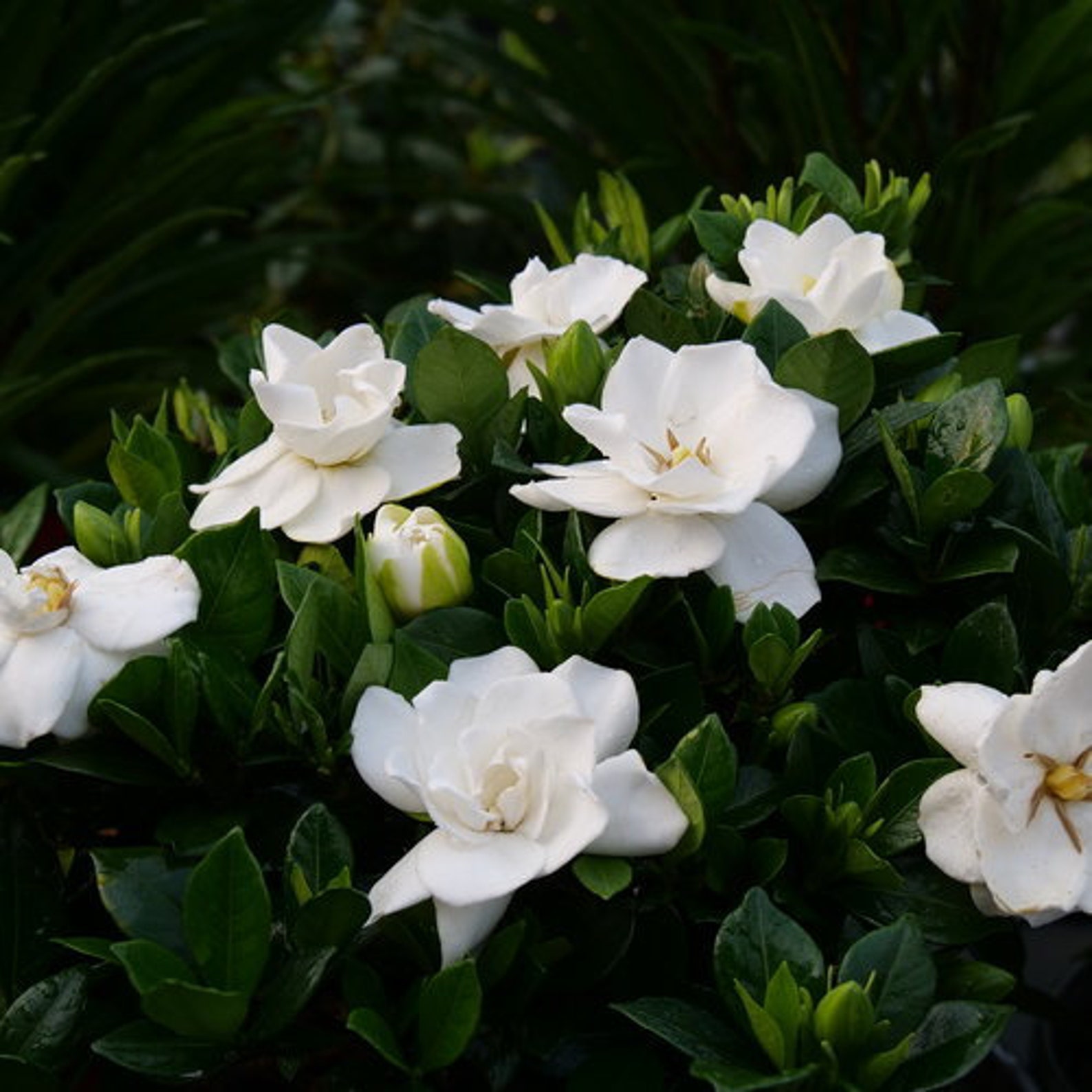
300 Gardenia Jasminoides Seeds Cape Jasmine Seeds Common Etsy UK
'Radicans' cape jasmine or creeping gardenia is a broadleaf, evergreen, cultivar in the Rubiaceae (coffee) family. Gardenias are native to southern China, Taiwan, Japan, and Vietnam.. Creeping gardenia makes an excellent foundation plant, low-hedge groundcover, or border planting. Place it beside a patio or walkway to fully enjoy its large.

Gardenia jasminoides (Cape Jasmine, Cape Jasmine Gardenia, Cape jessamine, Gardenia) North
Gardenias grown indoors need 6 to 8 hours of bright, indirect sunlight through a window. The gardenia is very sensitive to temperature changes, so keep it away from air conditioning, heat vents, and drafty windows. The plant prefers 70ᵒF (21°C) during the day and 60 to 65ᵒF (15 to 18°C) at night. The gardenia likes high humidity.
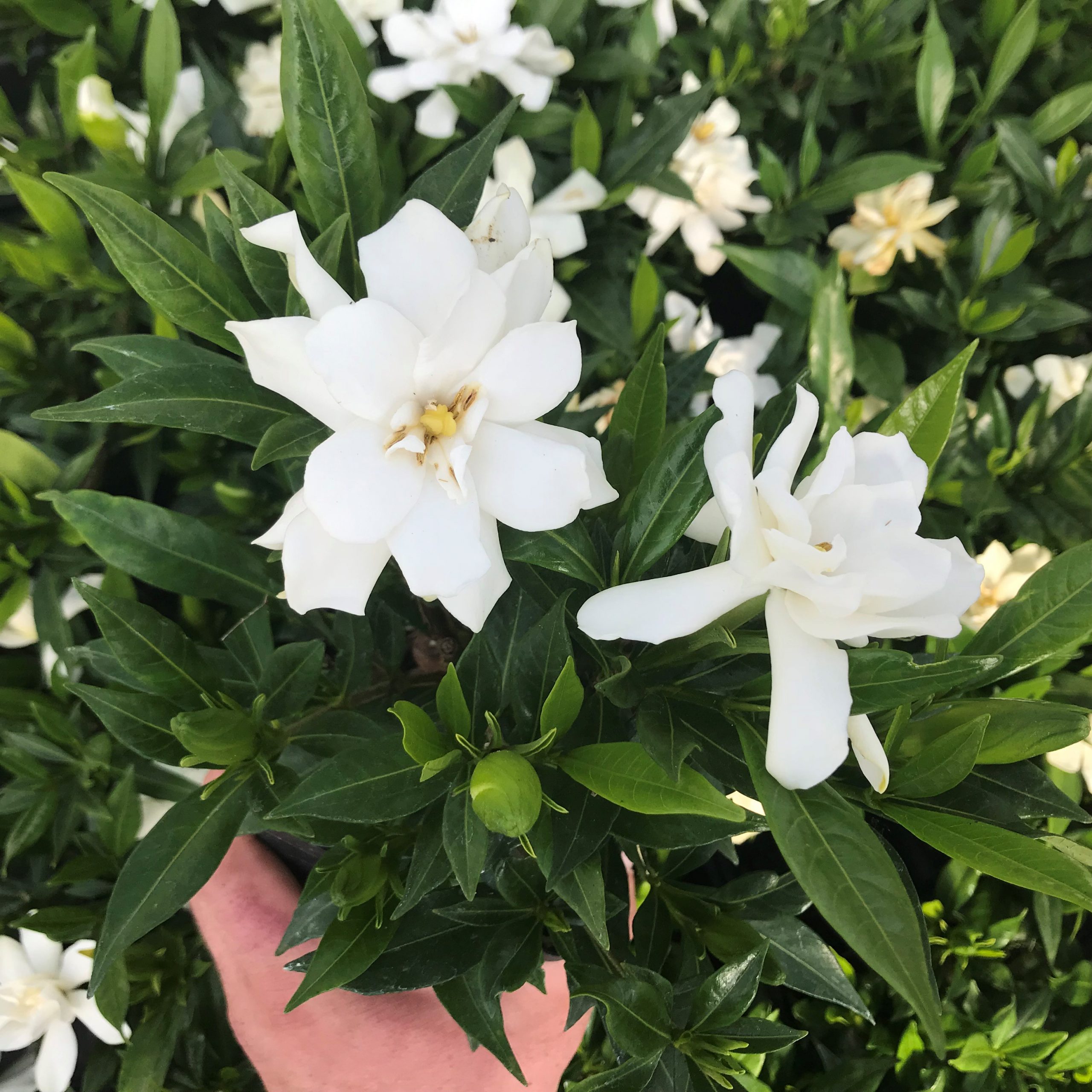
Gardenia jasminoides 'Frostproof' Cape Jasmine (4.5" Pot) Little Prince To Go
Soil: Jasmine prefers well-draining, fertile soil with a slightly acidic to neutral pH (6.0-7.0). Avoid planting this plant in areas with heavy clay or constantly soggy soil, as this can lead to root rot. Space: Ensure there is enough space for the plant to grow and spread based on its mature size and growth habit.

1 X GARDENIA JASMINOIDES CAPE JASMINE HEALTHY ORNAMENTAL INDOOR PLANT IN POT eBay
Gardenia jasminoides plants tend to grow on their root system. They can also be grafted to a hardier rootstock. These grafted plants are usually more vigorous and have larger blooms than those that grow on their root system. Typical cape jasmine will have compacted deep leaves that bloom between early spring and the summer.

Gardenia Jasminoides Or Cape Jasmine Fragrant Evergreen Shrub
27 million tourists per year - One of France most-visited regions. With its 720 km of shoreline, Nouvelle-Aquitaine is the second most-visited region in France. Visitors have a vast number of tourist destinations to choose from, set in a variety of landscapes (Bordeaux, the Dune of Pilat, Biarritz, the Arcachon basin, and more).
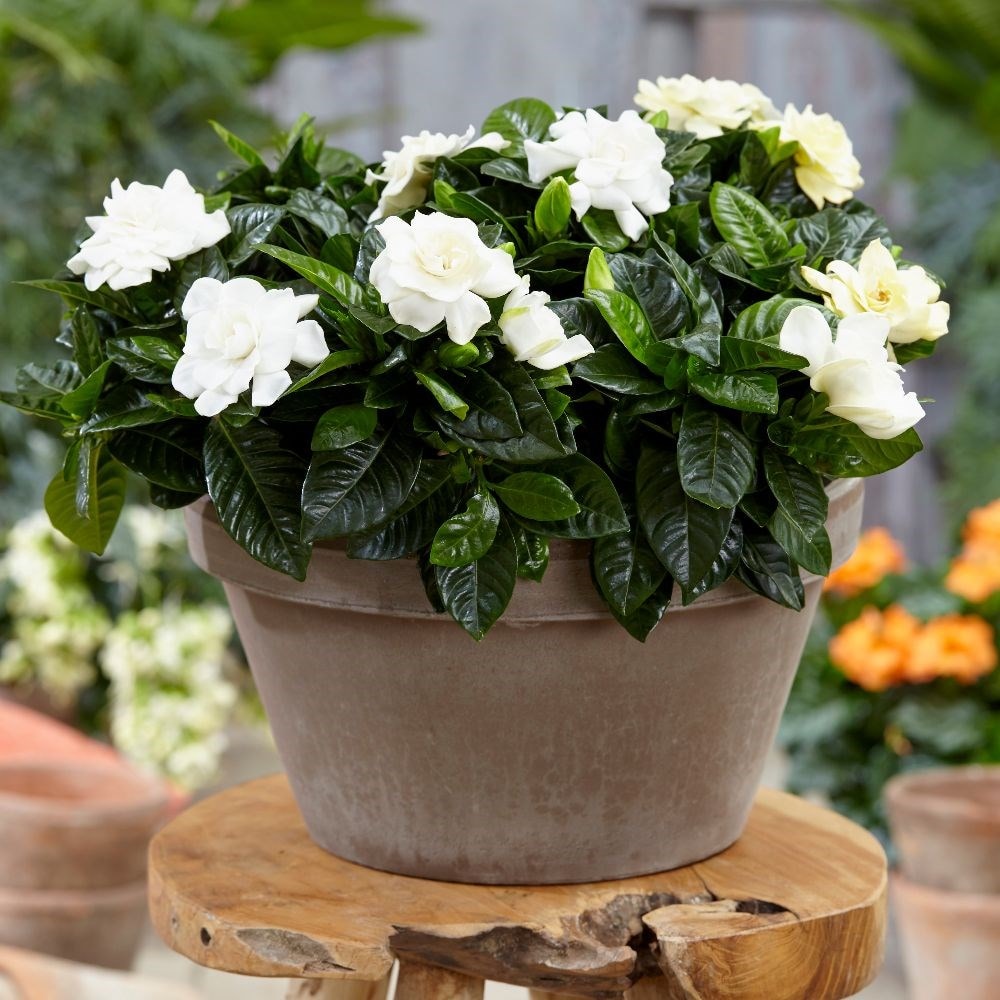
Buy gardenia Gardenia jasminoides Delivery by Waitrose Garden
Gardenia jasminoides, commonly known as gardenia and cape jasmine, is an evergreen flowering plant in the coffee family Rubiaceae. It is native to parts of South-East Asia. Wild plants range from 30 centimetres to 3 metres (about 1 to 10 feet) in height.

Gardenia Jasminoides Joy 175mm Pot Dawsons Garden World
The best method for propagating Gardenia jasminoides is through stem cutting. Ensure the cut you are using is from a healthy plant. Make a stem cut about 4 inches long. Remove all the leaves on the stem, leaving only the top two sets. Put the cutting in a glass of water. The water used should be changed every 2 days.
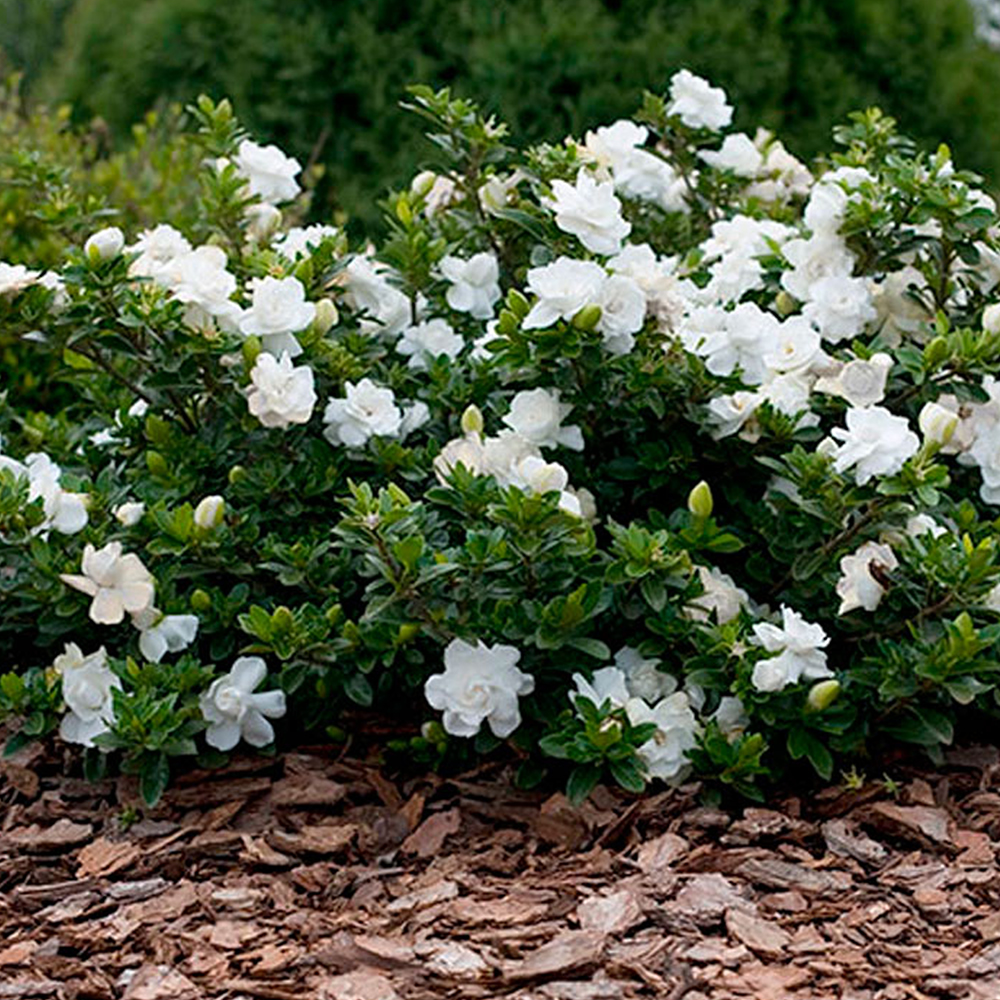
1 X GARDENIA JASMINOIDES 'CROWN JEWEL' CAPE JASMINE EVERGREEN SHRUB PLANT IN POT
Cape Jasmine Frostproof Gardenia Plant Care. The Cape Jasmine is a frost-hardy plant to grow in the cold, hardiness zones away from tree roots where it need not have competition for nutrients. It is a cultivar with large white double flowers, dark green leaves, and a medium-sized evergreen shrub. The flower buds are sweetly fragrant and.

Gardenia jasminoides (Cape Jasmine, Cape Jasmine Gardenia, Cape jessamine, Gardenia) North
Cape jasmine is what is known as false jasmine, so it is not a member of the same plant family. Native to Asia, this is a plant that is actually a type of gardenia, and it can be seen growing in hardiness zones eight to 11 in the United States. The plant has dark green foliage with leaves that are about three to four inches long.
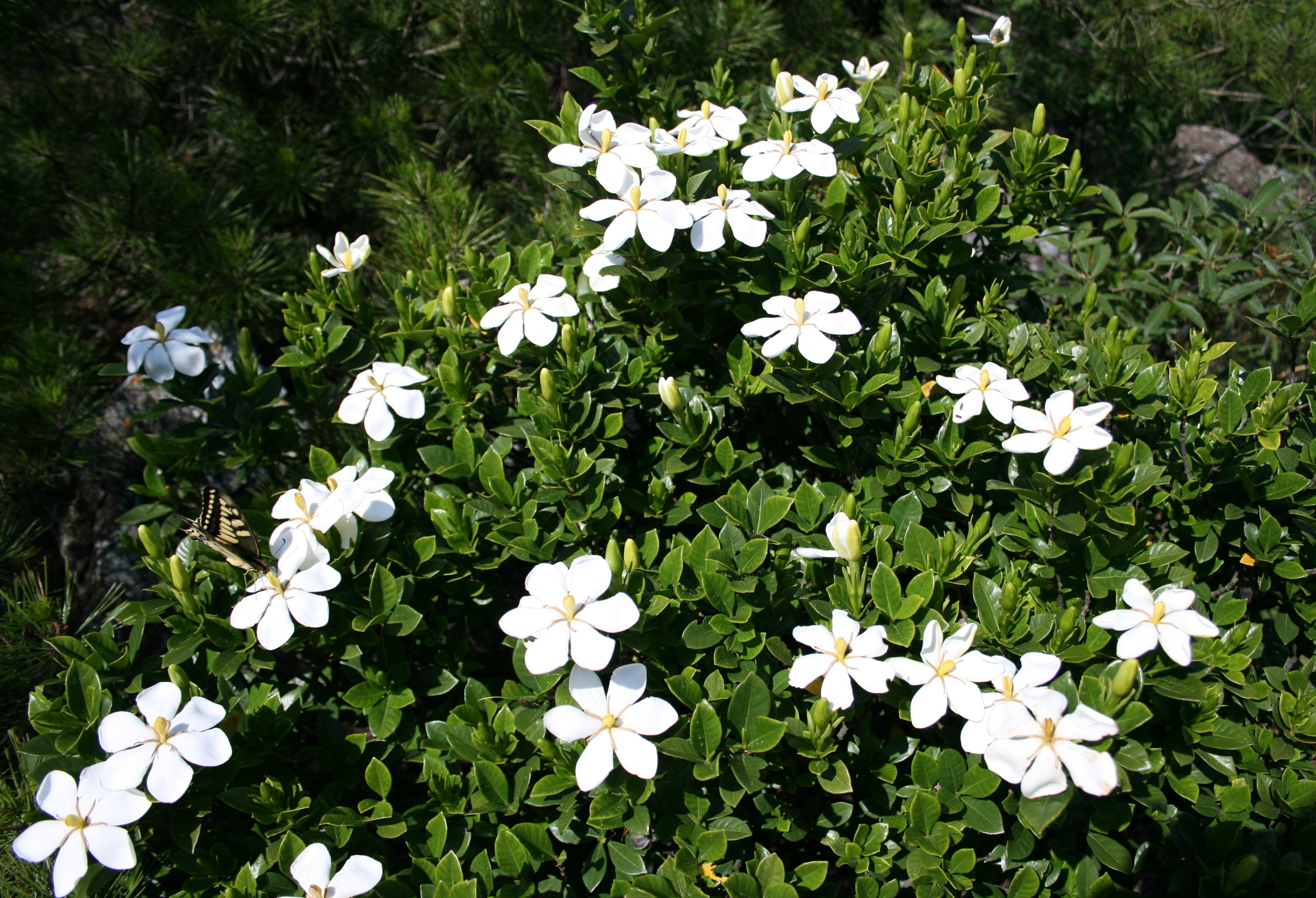
Gardenia jasminoides ‘Kleim’s Hardy’ Kiefer Nursery Trees, Shrubs, Perennials
Gardenia jasminoides, commonly called common gardenia or cape jasmine, is native to southern China and Japan and is an evergreen shrub with thick, glossy, dark green leaves (to 4" long). It typically grows to 3-6' tall. It is particularly noted for its extremely fragrant white flowers (to 3" diameter) and is often grown in double-flowered.
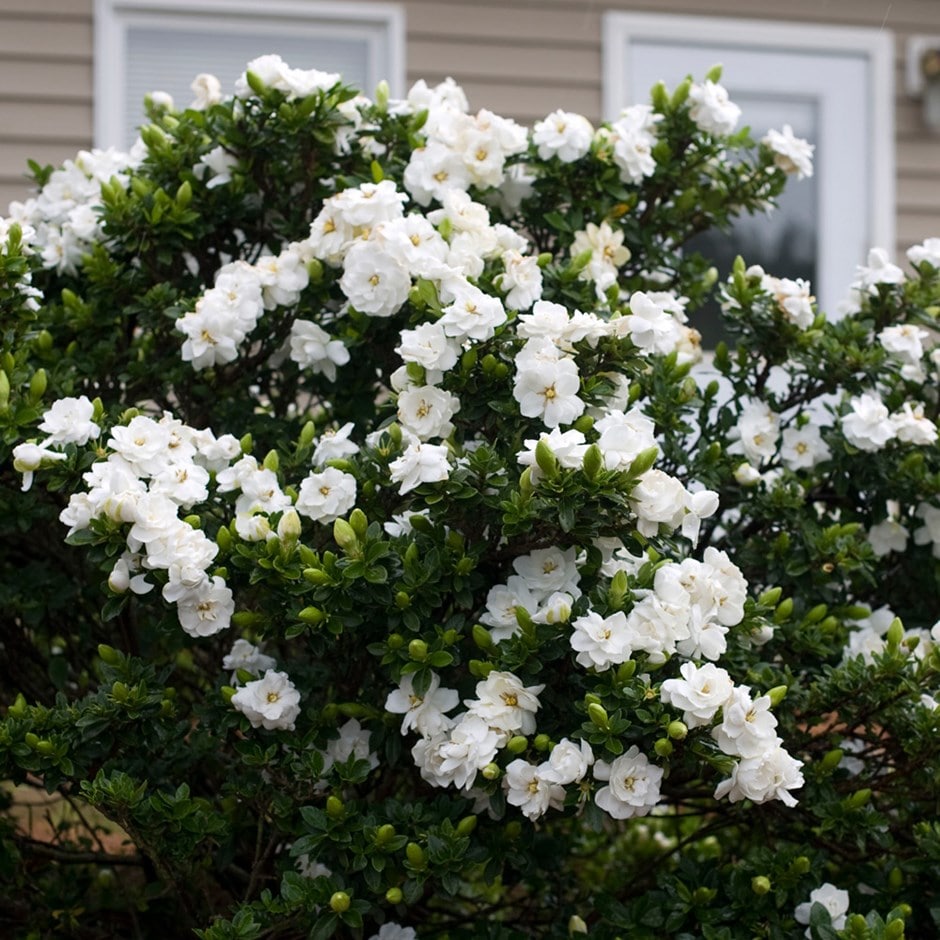
Buy gardenia Gardenia jasminoides 'Crown Jewel (PBR)'
Buy Plants. Gardenia jasminoides (Cape Jasmine) is a large evergreen shrub with thick, lustrous, lance-shaped, dark green leaves and extremely fragrant, white flowers, 3 in. across (8 cm). Blooming throughout the year in warm climates, where temperatures do not drop below 60°F (15°C), this award-winning Gardenia blooms in late spring to early.
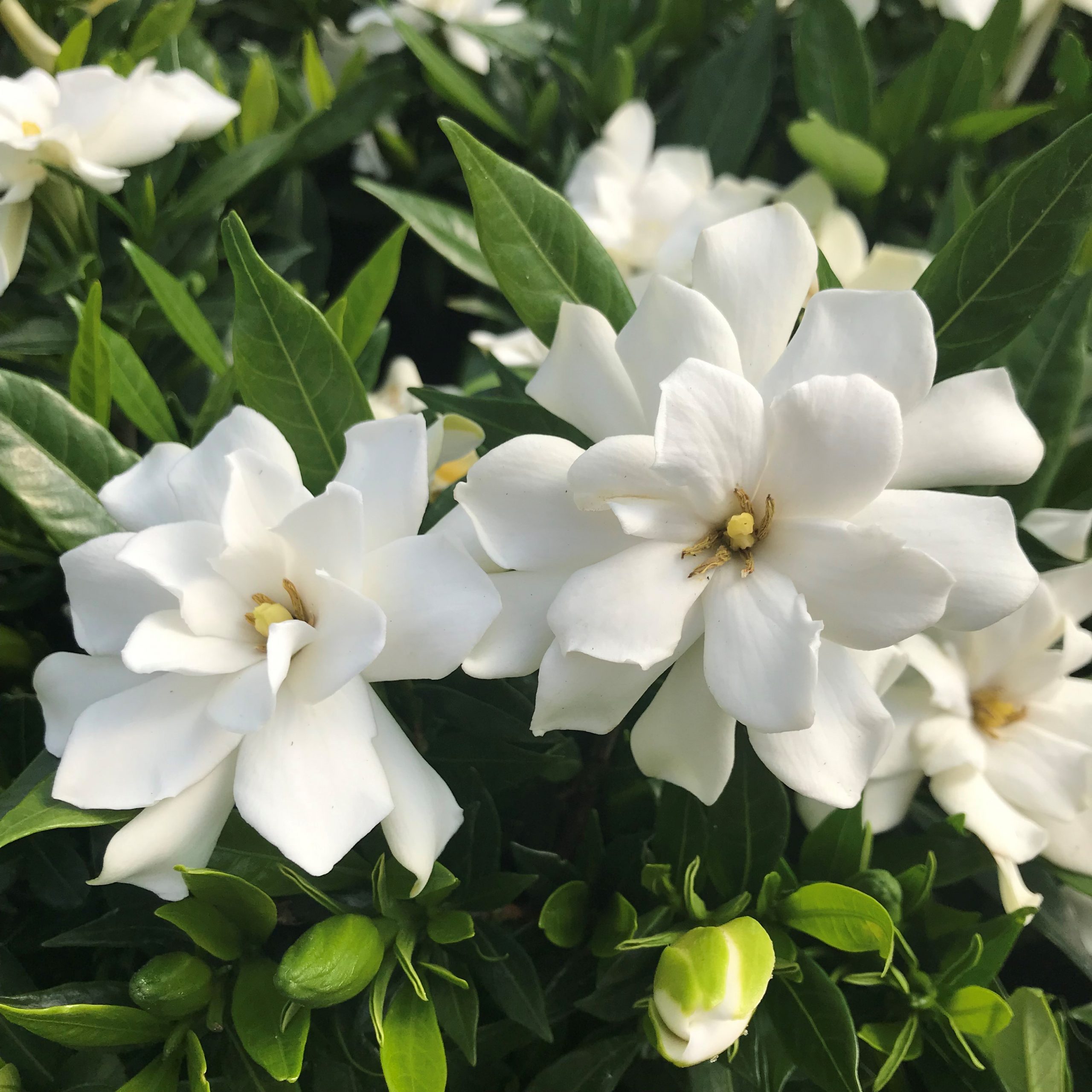
Gardenia jasminoides 'Frostproof' Cape Jasmine (4.5" Pot) Little Prince To Go
Gardenias prefer acidic soil with a pH between 5.0 and 6.0. Avoid planting gardenias near a concrete wall or foundation where the pH may be too high for optimum growth. Gardenias like soil that is rich in nutrients.Add plenty of organic matter to the soil, such as peat moss or manure, to enhance the growth of your plant.; Gardenias perform best in day temperatures of 65-70°F (18-21°C) and.
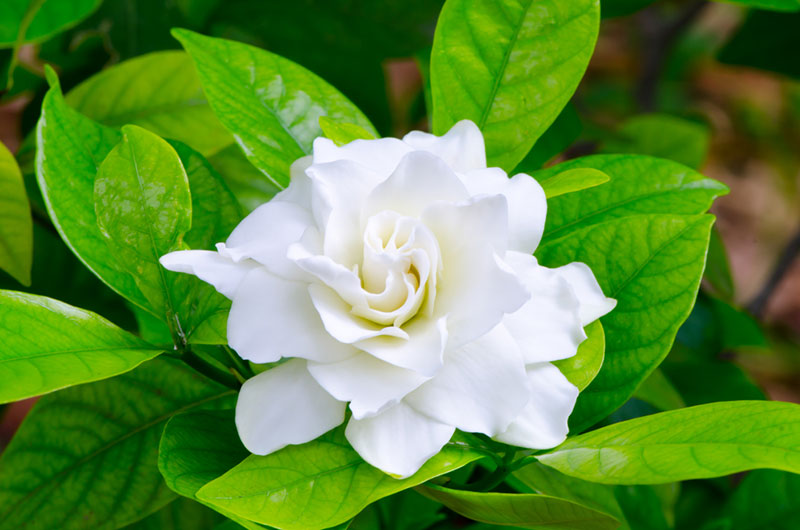
Growing Beautiful Cape Jasmine (Gardenia jasminoides) Garden Lovers Club
A 2010 study by Science Daily revealed that jasmine plants could reduce anxiety levels, promoting better sleep quality.. Gardenia has beautifully scented blossoms and glossy evergreen leaves.

Gardenia jasminoides 'Chuck Hayes' Xera Plants
To propagate gardenia, fill a pot with a mix of half peat moss and half perlite. Then take 4- to 6-inch tip cuttings during the summer from wood that's no more than about 2 months old. Remove.